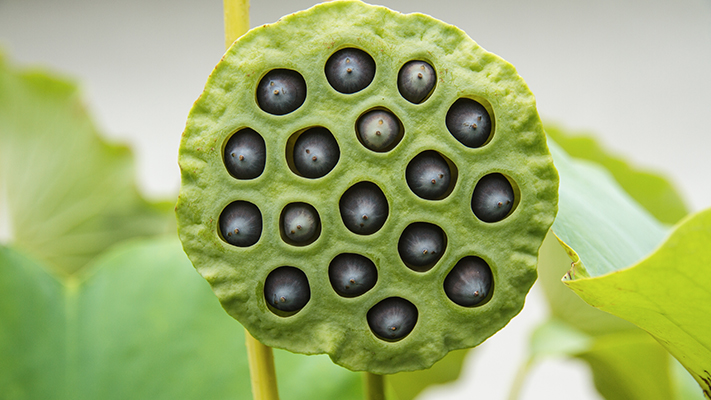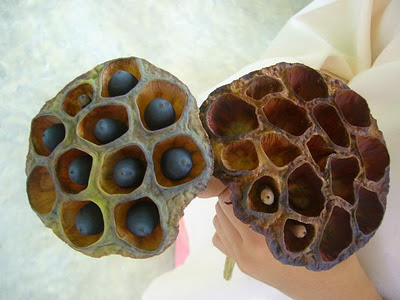

“Instead of standing up straight with strong leaves, these were smaller, the leaves were weak and bent, displayed abnormalities in color, and the underground stems were small and not getting enough food.”Īll soils are radioactive, Shen-Miller said. “All the offspring of the old lotus seeds are abnormal,” Shen-Miller said.


To the researchers’ surprise, all four of the lotus seeds that were tested for viability germinated - all between 200 and 500 years old - and showed abnormalities, particularly in their leaves, stalks and underground stems. “Looking for the seeds was like walking back into history,” she said.
Lotus seed series#
Shen-Miller’s team combed the land - which dried over the centuries due to a series of massive earthquakes (a 1556 earthquake in the region killed more than 800,000 people) - and collected 20 lotus seeds and soil from the region. Shen-Miller led a team that traveled in 1996 to the village of Xipaozi in Pulandian, Liaoning province, China, to search for ancient lotus seeds. “The cultivation of offspring from old seeds radiocarbon dated at between 200 and 500 years of age is a first in plant biology,” said UCLA research biologist Jane Shen-Miller, lead author of the research, published in the February issue of the American Journal of Botany. An international team led by UCLA scientists germinated lotus seeds nearly 500 years old from lotus fruits recovered from an ancient lotus lake in northeastern China - the first time new plants have been raised from parents so old.


 0 kommentar(er)
0 kommentar(er)
